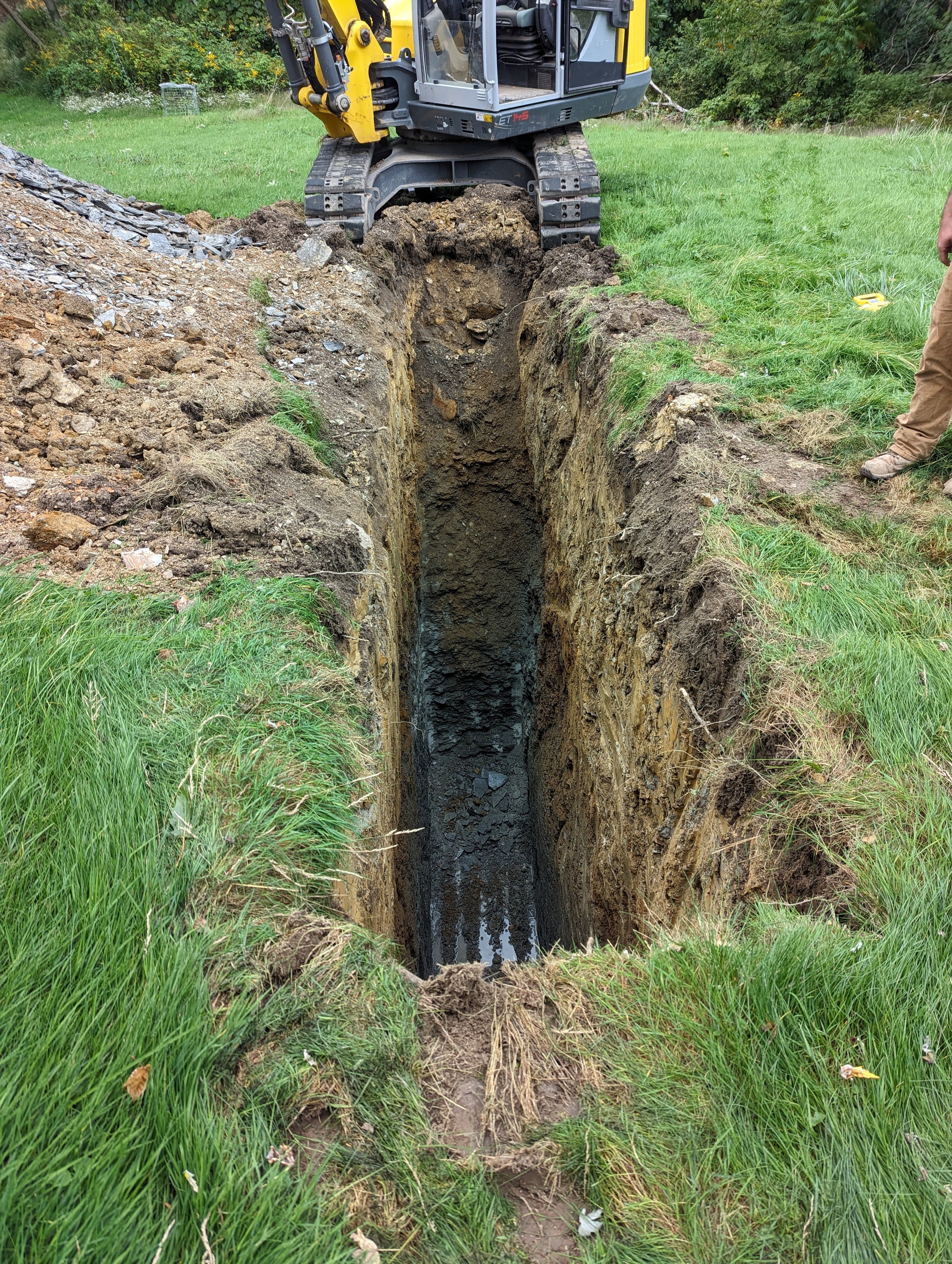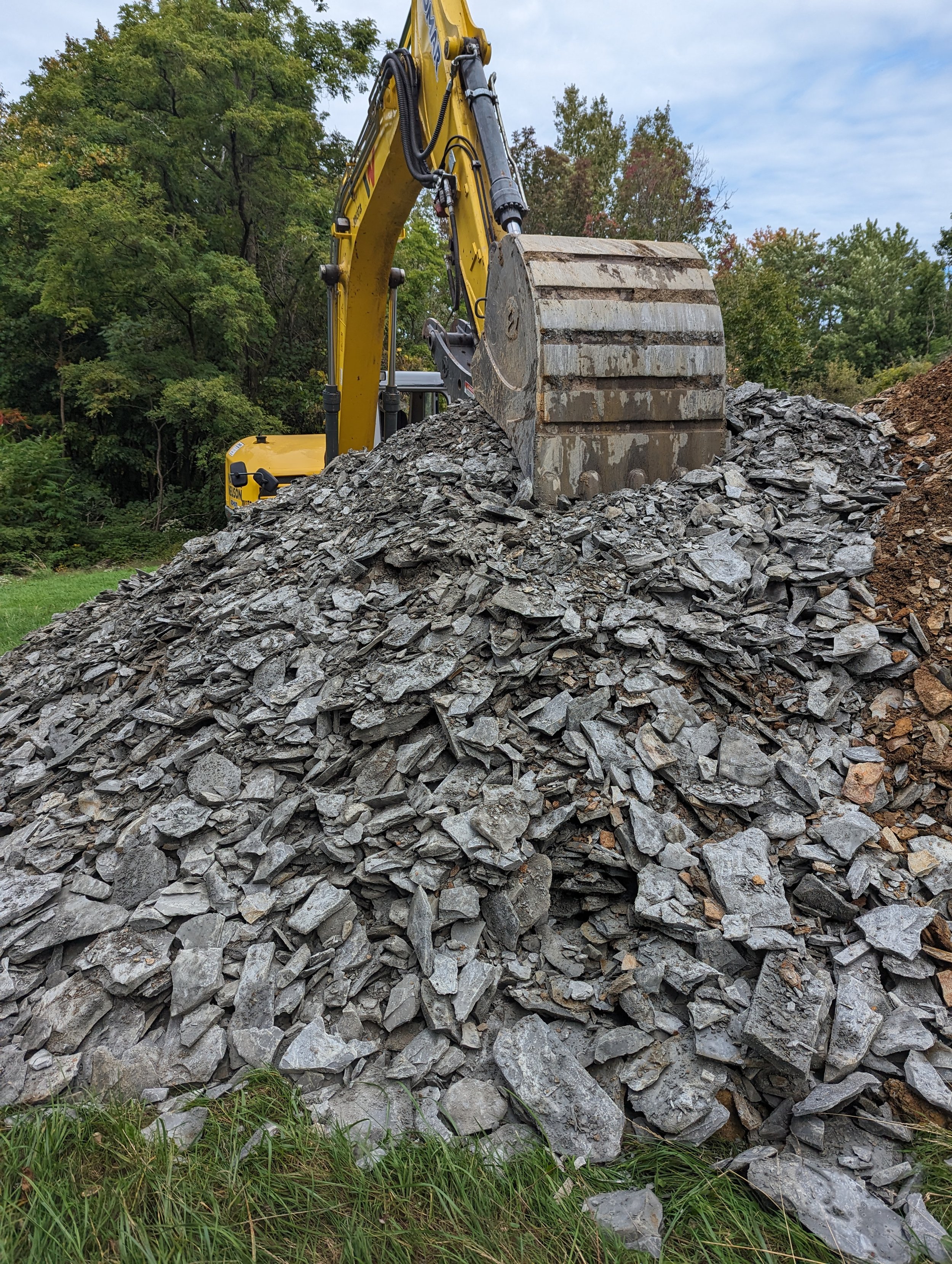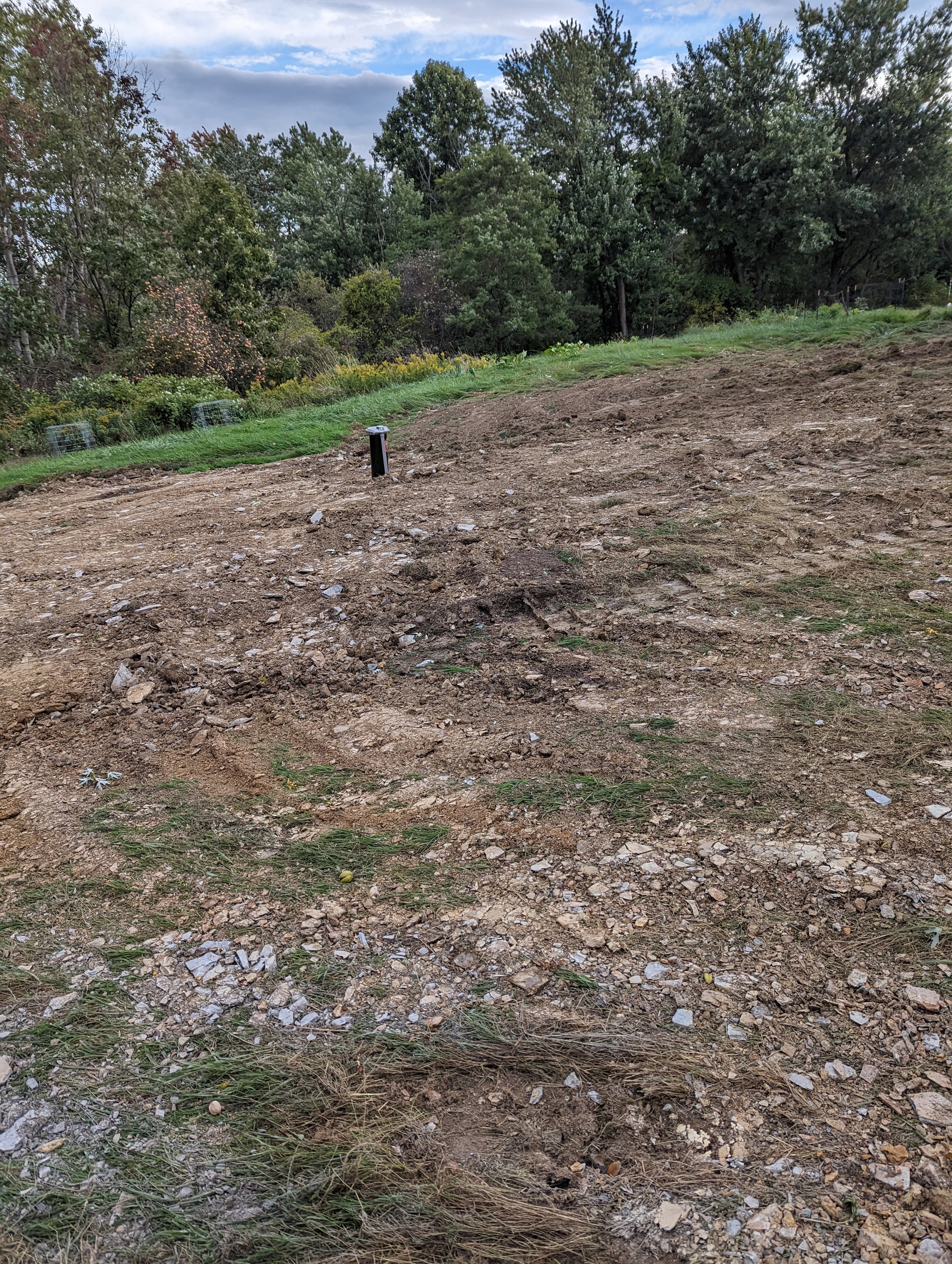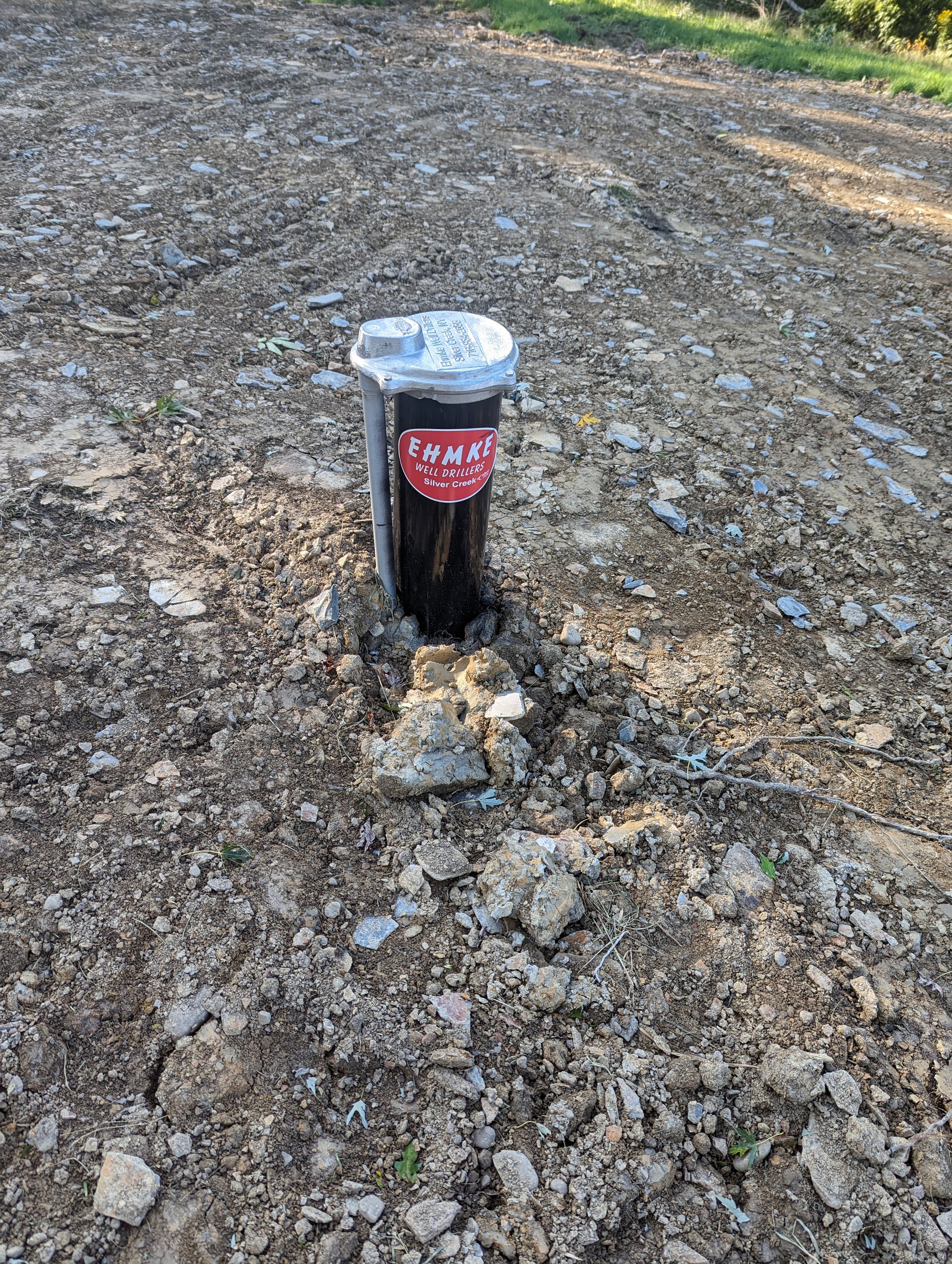
The Well
Once we started to settle into the house we noticed that the well would run out of water frequently and then take time to recharge. Ed grew up on well water and we both bought bottled water to drink as the hardness of well water can be less palatable and city water has so much chlorine it can taste like a swimming pool. Nothing seemed out of the ordinary at first except we kept running out of water if we tried to wash dishes then take a shower or do a load of laundry around the same time. We also noticed that the taste of our well water was extremely salty.
After some tests and assessments we learned that the well had been dug too deep and had hit a salt layer thereby mixing with the water and making it non-potable for plant or human consumption. To make matters worse the well was degraded and over 40 years old and unable to keep up production. This could be mitigated if there was not salt but we came to the realization that the well was doomed. The only solution was to dig a new well which is what we did. We decided to dig a shallow excavated well due to the high water table and layer of salt deeper down. The excavated well is able to hold and recharge 3000 gallons below the frost line and well above the salt layer. Thankfully our well guys hit water on the first try and we have yet to run out of water before it can recharge itself. Whew! Thanks to Ehmke well drillers. They did an amazing job!
While happy we have a new well it was devastating to our land. The backhoe ripped a huge swath out of the ground and exposed the subsoil leaving a lot of bare Earth. Heavily disturbed dirt is extremely bad for the life in the soil. However, we learned a lot about the soil composition which is heavy clay that is slow to drain with layers of shale. To be honest we would rather have heavy clay than sand, it is easier to mitigate.
The backhoe exposed a huge pile of shale chunks, a small hill of them to be precise. Not to be deterred we are using this free resource as stepping stones in our gardens. No need to purchase stones from the corporate big box store as we now have more than enough. We have also seeded wildflowers, clover and chamomile on the bare earth and know that it will help to heal it in time as the earth settles and subterranean life moves back in. Additionally, we also found some interesting artifacts in the rubble from old bottles from the 1800-1900s and broken pieces of plates and pottery and bricks.











